When Do You Prune Grape Vines?
Welcome to the world of viticulture, where the art of grapevine cultivation intertwines with the science of pruning. In the vineyards, the rhythm of seasons dictates an intricate choreography, guiding the hands of growers as they sculpt and shape their grapevines. Pruning, an essential practice in grapevine maintenance, is far more than a horticultural task – it’s a delicate balance between tradition, knowledge, and innovation.
Pruning grape vines isn’t solely about snipping away excess growth; it’s a symphony of decisions that determine the vine’s health, productivity, and, ultimately, the quality of the grapes it yields. In this exploration, we journey through time and technique to demystify the question that echoes through vineyards: When do you prune grape vines?
As we traverse the seasons, peel back the layers of growth, and delve into the methods that have evolved over centuries, you’ll uncover the secrets within the vines and learn how to harmonize your actions with nature’s grand plan.
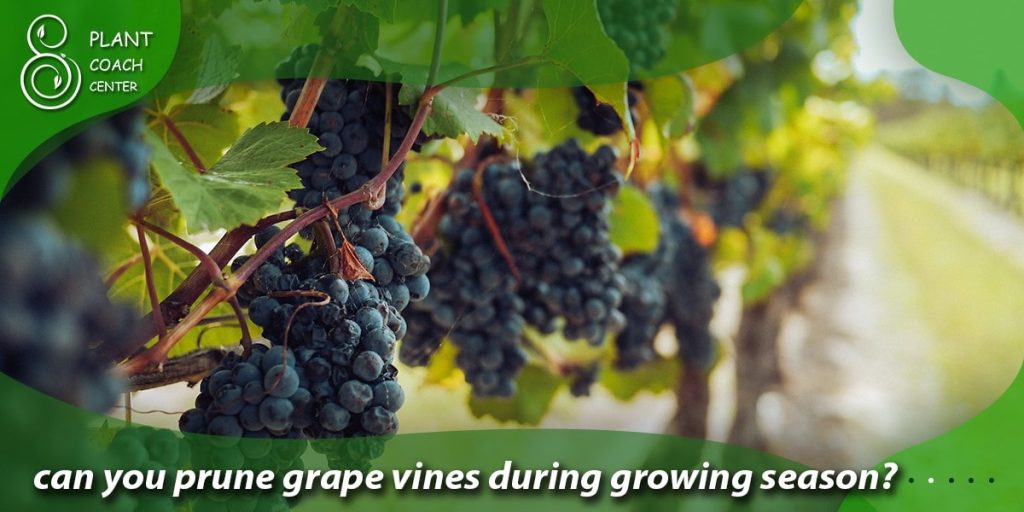
Seasonal Symphony: Timing Your Pruning Dance
In the intricate world of viticulture, timing is everything. As a conductor orchestrates a symphony, grape growers must carefully choreograph their pruning routines to harmonize with nature’s cadence. The timing of grapevine pruning is an art that blends horticultural wisdom and environmental awareness.
Winter Dormancy: A Prelude of Potential
As the leaves fall and temperatures drop, grapevines enter a period of dormancy. With its barren vines, winter marks the ideal time to initiate the pruning dance. Without the distraction of leaves, growers can observe the vine’s structure and assess its health. Strategic cuts during this phase set the stage for vigorous spring growth.
Spring Awakening: Seizing the Moment
The vineyard stirs from its slumber as the days lengthen and temperatures rise. This is the time to heed nature’s call and complete the pruning process. Early spring pruning encourages the vine’s energy to be channeled into the right places, fostering robust shoots and promoting fruitfulness. Delaying pruning too long risks hindering new growth and grape development.
Summer Serenade: Mid-Season Touches
While pruning primarily occurs in winter and spring, a well-timed mid-season touch-up can refine the vine’s balance. This involves tidying up excessive growth and redirecting energy toward desired clusters. Summer pruning is a nuanced step that requires a keen eye to maintain the vine’s health and encourage airflow, reducing disease risk.
Autumn’s Coda: Reflecting on the Harvest
The vineyard transitions into a quieter phase as the grapes reach their full ripeness and are harvested. Autumn is a time for reflection, where the results of the year’s pruning decisions become evident. Observing the quality of the harvest provides valuable feedback for refining pruning strategies in the future.
In the symphony of grapevine care, timing your pruning dance is an essential movement. It’s a dance that respects the ebb and flow of the seasons and acknowledges the vine’s natural rhythm while nurturing its potential. By synchronizing your efforts with time, you sculpt healthier vines and compose the sweetest flavor notes in the wines yet to come.
Unveiling the Vine’s Anatomy: Understanding Growth Patterns
In the intricate tapestry of grapevine care, a fundamental understanding of its anatomy is akin to deciphering a secret code. The growth patterns of grapevines reflect their health, vitality, and potential for bountiful harvests. As we embark on this journey into the world beneath the leaves, we uncover the fascinating language of nodes, buds, canes, and shoots that dictate the grapevine’s destiny.
Nodes: The Heartbeat of Growth
Nodes, those unassuming bumps along the vine’s stem, hold the key to its vitality. Each node harbors the potential for new growth, giving rise to shoots, leaves, and clusters of grapes. By strategically selecting which nodes to nurture through pruning, growers influence the direction and abundance of the vine’s growth.
Buds: Nature’s Reservoir of Promise
Tiny, dormant buds are nature’s reservoir of promise. These miniature powerhouses house the genetic material necessary for the vine’s growth and fruit production. As we explore the art of pruning, understanding the various types of buds—primary, secondary, latent—becomes crucial in sculpting the vine’s architecture and regulating its energy allocation.
Canes: The Architectural Backbone
The canes, those flexible arms extending from the vine’s main stem, are its architectural backbone. Bats provide support for leaves, flowers, and clusters, and their selection during pruning can determine the overall structure of the vine. Optimal cane placement ensures adequate light exposure, airflow, and efficient nutrient distribution throughout the vine.
Shoots: Fountains of Life
Shoots, the vigorous extensions of the canes, are the fountains of life that nourish all parts of the vine. Pruning decisions influence the number and length of shoots, affecting the vine’s vigor and ability to produce high-quality grapes. Balancing shoot growth with the vine’s resources is a delicate dance that requires insight into its unique needs.
As we delve into the intricacies of grapevine anatomy, it becomes clear that pruning is not merely a matter of cutting away excess growth. It’s a nuanced art that involves deciphering the cues offered by nodes, buds, canes and shoots to sculpt the ideal canvas for grape production. Armed with this understanding, growers wield the power to nurture healthy, productive vines that flourish with each passing season.
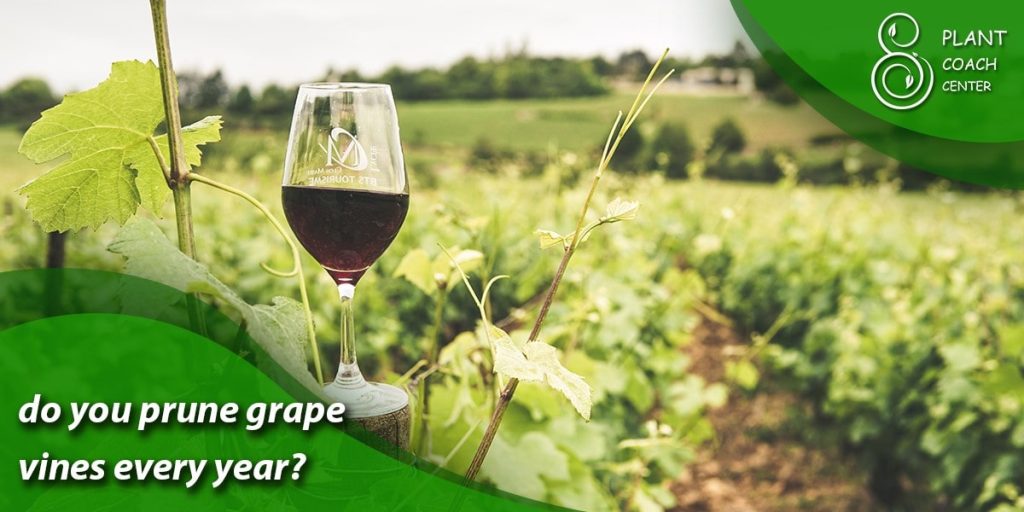
The Pruning Palette: Techniques for Different Grape Varieties
In viticulture, grapevines display a remarkable diversity, each possessing its own personality, flavor profile, and growth habits. Just as artists choose different brushes to paint distinct strokes, grape growers must employ various pruning techniques to optimize the unique characteristics of each grape variety. The pruning palette is a dynamic toolkit that unveils the secrets to coaxing the finest flavors from every vine.
Variety Dictates Pruning Approach
Different grape varieties demand tailored care, and pruning is no exception. Combinations can be broadly categorized into two main types: spur-pruned and cane-pruned. Spur pruning, favored for varieties like Pinot Noir, involves shortening shoots to a few buds, while cane pruning, commonly used for varieties like Cabernet Sauvignon, retains longer sections of the previous season’s growth.
Understanding Growth Habits
Gaining insight into a variety of growth habits is critical to effective pruning. Some vines are more vigorous, producing abundant growth that needs to be managed, while others are naturally more restrained. Pruning techniques are adjusted accordingly, encouraging growth or curbing it to maintain balance.
Balancing Yield and Quality
Pruning is pivotal in achieving the delicate equilibrium between yield and quality. While a higher result might seem appealing, it could lead to diluted flavors and stressed vines. By strategically selecting pruning methods based on the variety’s tendencies, growers can strike a harmonious balance that maximizes quantity and quality.
Innovative Approaches for Modern Varieties
As the winemaking world evolves, new grape varieties are cultivated to meet changing consumer preferences and climatic challenges. Pruning techniques for these modern varieties require innovative thinking. Climate-adapted training systems and novel approaches to canopy management ensure that these newcomers thrive in their new environments.
Consulting the Experts: Local Wisdom
Local grape-growing traditions offer a treasure trove of knowledge. Learning from seasoned growers who have mastered pruning specific varieties in your region can provide invaluable insights. Their accumulated wisdom can guide you in making the best decisions for your vineyard.
In the symphony of grapevine cultivation, understanding the nuances of pruning techniques for different grape varieties is like conducting an orchestra of flavors. With the proper pruning strokes, each grape variety sings in its unique timbre, contributing to the rich tapestry of wines that delight enthusiasts worldwide. As you explore the diverse techniques on the pruning palette, you’ll discover the power to coax out the fullest expression of every grape’s character.
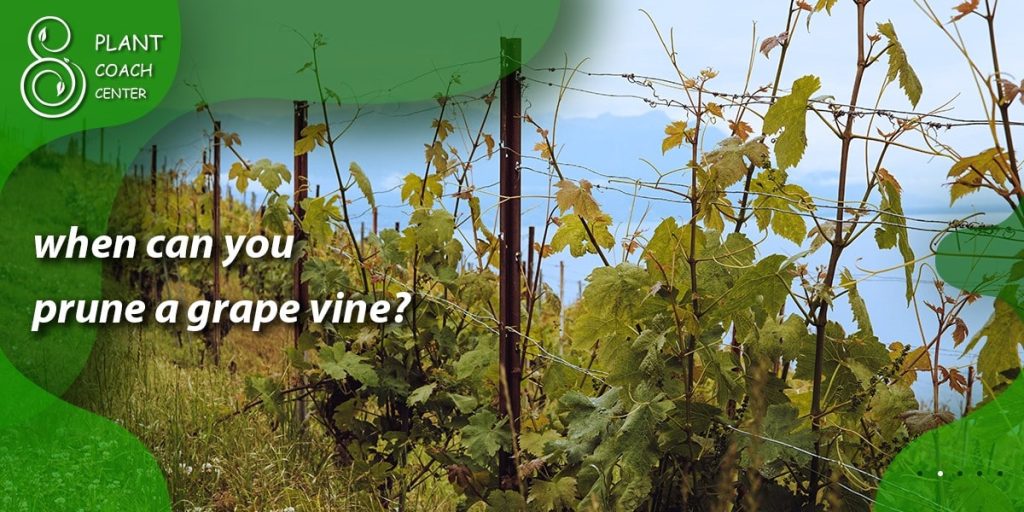
Sculpting for Success: Pruning as an Art Form
In the picturesque expanse of a vineyard, where rows of grapevines stretch like living sculptures, the art of pruning takes center stage. Beyond the utilitarian act of trimming, pruning becomes a canvas upon which growers craft the essence of the vineyard’s aesthetic. Just as a sculptor chisels away to reveal a masterpiece, growers prune with precision and vision, transforming vines into captivating works of art.
The Vineyard as a Living Canvas
Imagine a vineyard as an open-air gallery, each vine a unique piece of art waiting to be shaped. Pruning allows growers to mold the vines into harmonious patterns that please the eye and optimize grape production. By strategically removing excess growth and sculpting the canopy, vines become living sculptures that enhance the visual allure of the landscape.
Form and Function Intertwined
Just as art marries form and function, so does pruning in the vineyard. How a vine is pruned directly influences its health, the quality of grapes it produces, and the vineyard’s overall productivity. Skilled pruners consider the natural growth tendencies of each vine and the desired yield, aiming for a balance that showcases both aesthetic appeal and optimal grape development.
Creating Visual Flow
Like an artist arranges elements to guide the viewer’s gaze, a grower’s pruning decisions direct sunlight, air circulation, and energy flow within the vineyard. By shaping the canopy to allow light exposure and air movement, growers contribute to healthier vines and lay the foundation for the flavors that will develop in the grapes.
Seasonal Transformations
Pruning isn’t a one-time event; it’s a transformative journey that unfolds with each season. Just as a sculpture evolves with the artist’s touch, vines develop through careful pruning decisions. Every cut influences the vine’s growth trajectory, and the passage of seasons reveals the artistry behind these decisions as new shoots, leaves, and clusters emerge.
The Vineyard as a Reflection of the Grower
In every vineyard, the hand of the grower is as present as the vines themselves. Pruning reflects the grower’s expertise, knowledge, and philosophy. The unique way vines are pruned speaks to the grower’s vision, shaping the vineyard’s character and the wines it produces.
Pruning is more than a task; it’s an artistic expression that transforms grapevines into living sculptures. Each cut is a brushstroke, every vine a canvas, and the vineyard a masterpiece that evolves with the seasons. As you stroll through the meticulously pruned rows, you witness the interplay between nature and human creativity. This harmonious dance celebrates the land’s beauty and the passion of those who tend it.
Balancing Act: Finding the Sweet Spot Between Growth and Pruning
In the delicate ecosystem of a vineyard, a harmonious balance between growth and pruning is essential for nurturing healthy vines and producing exceptional grapes. Much like a tightrope walker maintains equilibrium, grape growers must navigate the ever-shifting interplay between the vine’s natural tendency to grow and the controlled discipline of pruning. This delicate balancing act is the secret behind a flourishing vineyard.
Understanding the Vine’s Energy
Grapevines are prolific energy factories, absorbing sunlight and nutrients to fuel growth. Without proper guidance, this energy can be scattered among too many shoots, leading to excessive vegetative growth at the expense of grape quality. Pruning strategically redirects the vine’s energy towards fewer, well-positioned shoots, ensuring a harmonious distribution that fosters optimal fruit development.
Overgrowth and the Yield-Quality Dilemma
More growth can be counterproductive. While it might seem logical that more shoots equal more grapes, this can dilute flavors and subpar grape quality. Finding the right balance between the number of nodes and the number of grape clusters is pivotal. Pruning can help keep the vine’s vigor in check, ensuring the grapes are concentrated in flavor and character.
Pruning for Air and Light: A Breath of Freshness
A balanced canopy isn’t just about managing growth; it’s also about optimizing conditions for grape health. Properly pruned vines allow for adequate airflow and sunlight penetration. This reduces the risk of diseases that thrive in humid, shaded environments and encourages uniform ripening across the grape clusters.
Adapting to Unique Conditions
Balancing growth and pruning is a dynamic endeavor that adapts to the specific conditions of each vintage and vineyard. Weather, soil type, and water availability can influence the vine’s growth rate and vigor. A skilled grower attains to these nuances and adjusts their pruning techniques accordingly, striving for equilibrium despite variability.
The Art of Observation and Adjustment
Finding the sweet spot between growth and pruning is as much an art as a science. It requires keen observation, a deep understanding of the vine’s needs, and a willingness to adjust pruning strategies as circumstances evolve. A grower’s expertise is honed through seasons of experience, allowing them to anticipate the vine’s response to pruning decisions.
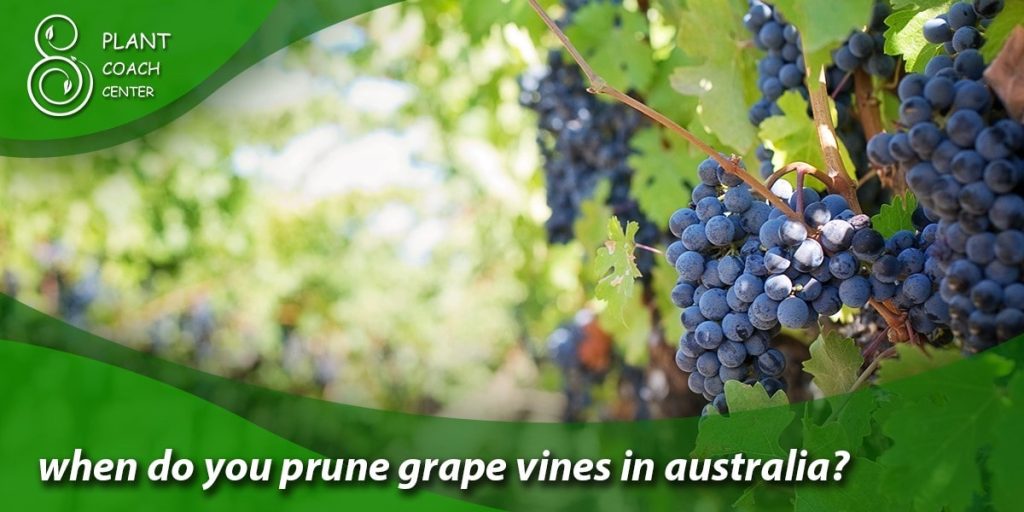
Renewal Pruning: Breathing New Life into Old Vines
In the heart of a vineyard, where history and growth intersect, stands a testament to time: the old vines. These venerable plants have weathered the years, but their vigor and productivity may wane. Enter renewal pruning, a transformative practice that offers old vines a chance to rejuvenate, flourish, and continue bearing the fruit they’ve become known for.
Recognizing the Signs of Aging
Old vines carry an undeniable charm, but age can take its toll. Reduced yields, uneven growth, and diminished grape quality may signal that renewal is needed. As the vine’s energy becomes dispersed over an increasing number of branches, the essence of the grapes may lose its intensity. Renewal pruning steps in as the remedy.
Strategic Rejuvenation: The Process Unveiled
Renewal pruning isn’t a one-size-fits-all solution. It’s a thoughtful, meticulous process that varies based on the vine’s condition and growth habits. The key lies in identifying solid and healthy canes that will serve as the foundation for future growth. These selected canes are pruned down, allowing them to grow anew and revitalize the vine’s vigor.
Reviving the Art of Balance
For old vines, renewal pruning is a delicate dance of balance. Pruning away excess growth not only reduces the vine’s workload but also improves airflow and sunlight penetration, minimizing the risk of diseases and pests. As the renewed canes grow, they channel the vine’s energy towards fewer, high-quality grape clusters, restoring its former glory.
Patience Rewarded: The Fruits of Renewal
Renewing old vines requires patience, as the process may take a few growing seasons to fully manifest. However, the rewards are worth the wait. Vintners witness the transformation of vines once struggling into vital, productive contributors. The flavors from the renewed grapes carry a depth and intensity that harkens back to the vine’s prime.
Cultivating Legacy: Passing the Torch to New Growth
Renewal pruning isn’t just about preserving the past but nurturing the future. As renewed canes flourish and produce quality grapes, they can create new vine cuttings for propagation. This process ensures that the legacy of the old vines lives on, perpetuating their unique character for generations to come.
In the narrative of a vineyard, renewal pruning is a chapter of transformation, a story of second chances. It’s a gesture of respect for the history embedded in every gnarled trunk and a commitment to ensuring that the vines’ legacy endures. As old vines are revitalized through the artful touch of renewal pruning, they become a living testament to the symbiotic relationship between time, care, and the boundless potential of the land.
Pruning Pitfalls: Common Mistakes and How to Avoid Them
In the intricate dance of grapevine care, even the most well-intentioned grower can stumble into pruning pitfalls that hinder vine health and grape production. These missteps, though often well-disguised, can have lasting consequences. By understanding these common mistakes and learning how to sidestep them, you can ensure your vines thrive and produce the finest grapes imaginable.
Overzealous Pruning: The Temptation of Too Much
It’s easy to get carried away with the pruning shears, especially when aiming for a tidy appearance. However, overzealous pruning can deprive the vine of vital canes and buds for growth and fruit production. Avoid this pitfall by adhering to proper pruning techniques, which involve selectively thinning excess growth while maintaining a healthy balance.
Neglecting Proper Tool Care: A Recipe for Infection
Pruning tools are an extension of your care for the vines. Maintaining their cleanliness and maintenance can prevent the spread of diseases from plant to plant. Before starting, ensure your tools are sanitized and sharp to create clean cuts that heal quickly, reducing the risk of infections.
Misreading Growth Patterns: The Danger of Blind Cuts
Pruning without considering the vine’s growth patterns can result in blind cuts – those made without understanding the vine’s natural architecture. Blind cuts can disturb the vine’s balance, disrupt its growth, and even inhibit fruit production. Before making any cut, study the vine’s structure and growth habits to make informed decisions.
Timing Tangles: Pruning at the Wrong Time
Timing is crucial in pruning, and failing to adhere to the appropriate windows can impact the vine’s health and productivity. Pruning too early can expose the vine to winter frost damage while pruning too late can hinder new growth and grape development. Consult local resources or experienced growers to determine the best time for pruning in your region.
One Size Doesn’t Fit All: Ignoring Varietal Nuances
Different grape varieties have distinct growth habits and pruning needs. Refrain from tailoring your pruning techniques to the specific characteristics of each type can lead to uneven growth, imbalanced canopies, and lackluster fruit. Educate yourself about the particularities of the grape varieties in your vineyard and adjust your pruning approach accordingly.
Taking a “Set It and Forget It” Approach: Ignoring Adjustments
Pruning is a dynamic practice that requires ongoing adjustments based on the vine’s response and changing conditions. Adopting a “set it and forget it” mindset can lead to missed opportunities for optimizing growth and yield. Regularly assess the vines’ progress and be prepared to adapt your pruning strategy as needed.
In the world of grapevine care, knowledge is your most powerful tool for avoiding pruning pitfalls. By recognizing these common mistakes and understanding the principles guiding successful pruning, you’ll nurture healthy vines and cultivate a vineyard that consistently produces exceptional quality and flavor grapes.
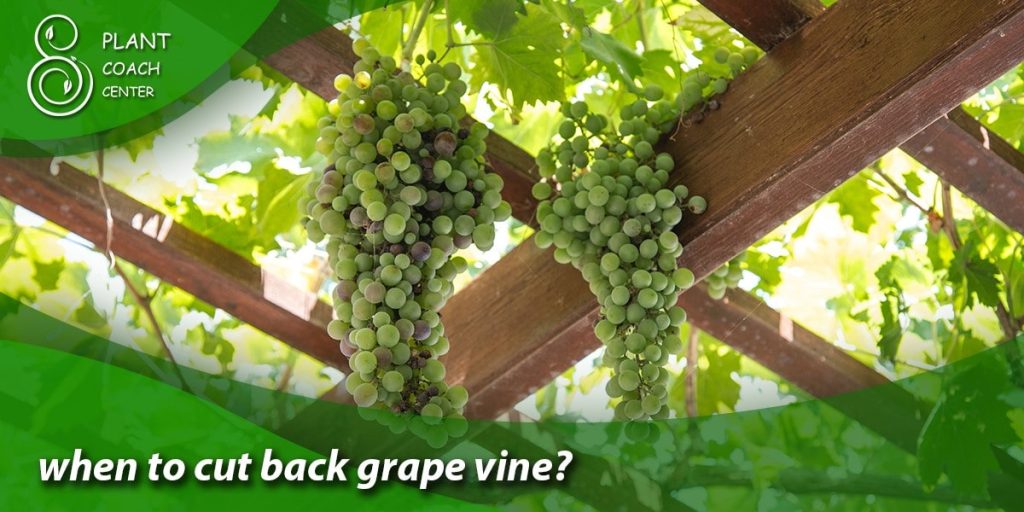
Conclusion
As we conclude this exploration into the art and science of grapevine pruning, we find ourselves at the crossroads of tradition and innovation, nature and nurture. The symphony of seasonal timing, the intricate anatomy of the vines, and the delicate balance between growth and pruning reveal a world where knowledge is cultivated as meticulously as the grapes. Just as a skilled conductor directs an orchestra to create a harmonious masterpiece, a knowledgeable grower conducts the vines through the seasons, crafting a symphony of flavors culminating in each bottle of wine.
At PlantCouchCenter.com, we invite you to immerse yourself in viticulture, where the dance of vines and the wisdom of pruning converge to produce wines that are a testament to the harmonious relationship between humans and nature. With every sip, you’ll taste the culmination of careful care, mindful decisions, and the timeless process of grapevine pruning that enriches the world of winemaking.
When is the best time to prune grape vines?
Pruning is typically done during winter dormancy or early spring before bud break, ensuring healthy growth and optimal fruit production.
How do I avoid over-pruning my grape vines?
Avoid overzealous pruning by following proper techniques, thinning excess growth strategically, and maintaining a balanced canopy.
Can I prune grape vines during summer?
While summer pruning is less common, it can be beneficial for tidying up excessive growth and improving air circulation within the canopy.






